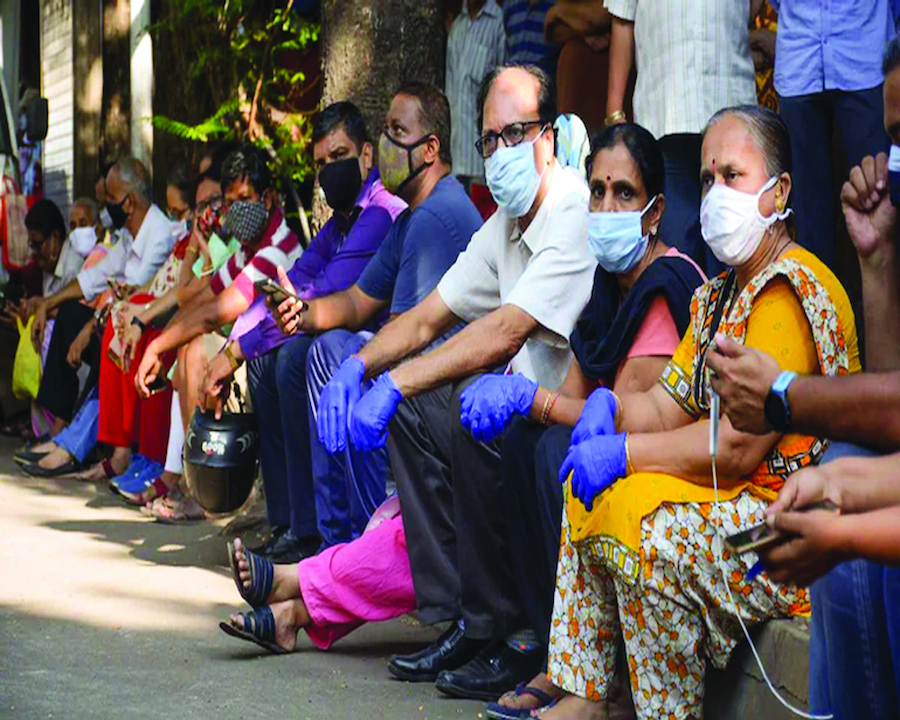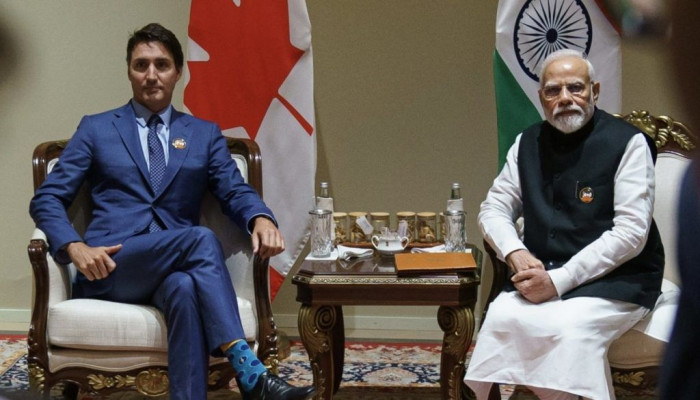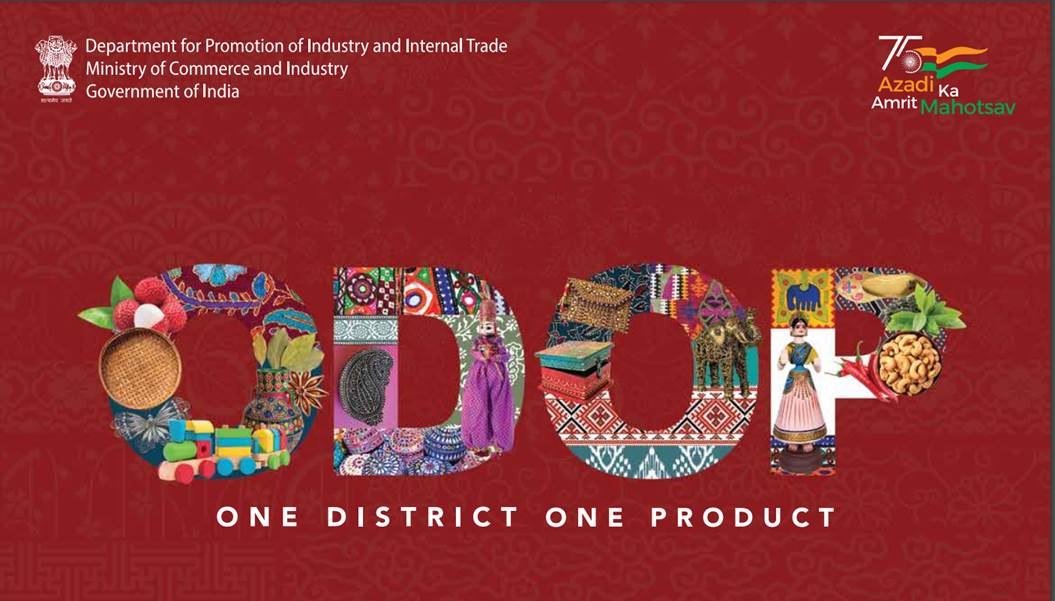As India reels under the impact of the second wave of COVID-19, the sense of anger and helplessness among the nation’s citizens is only growing
On January 16, 2021, India had rolled out its vaccine campaign. The country rejoiced, more so, because these were Indian made vaccines, a tribute to all our researchers and a strong endorsement of India’s capabilities in the field of medicines. As the phase-wise vaccine programme began, there was a lack of transparency as to how the policy will work — how would the States be allotted the vaccines, would they be free, what is the stock that Indian government has procured and how the supply chain will be handled. However, the cases were falling, there was normalcy returning and there was immense hope that we will overcome the scourge of pandemic with vaccination rollout.
As the phase-wise vaccination started, India first saw vaccine hesitancy and there was wastage being reported from some States. At the same time India began the noble Vaccine Maitri initiative, everyone welcomed it, secure in the belief that the government was in control and had adequate supplies of the vaccine. The Budget Session saw an increasing feeling of having conquered the deadly virus with all ministers in the cabinet praising the Prime Minister for having planned like a vishwaguru, increasingly the chorus of Vasudhaiva Kutumbakam also started being frequently thrown at the opposition members who questioned the quantity available with India versus those exported, my parliamentary question included. Globally all nations began to place advance orders to vaccine manufacturing companies and built a stockpile for their citizens as early as May, 2020. India only began to purchase from the first week of January, 2021. In the Union Budget the Finance minister with a lot of fanfare announced an allocation of 35000 crore rupees exclusively for Covid vaccine and said would not hesitate to allocate more if the need arises.
The horror that was unfolding parallelly in Maharashtra sounded an alert to the central government that they were seeing an onset of second wave and had been working to reduce the impact but would need the support from the Central government. These alerts would not come in the way of BJP leaders applauding the PM for his leadership in ending COVID, the Health Minister from saying that it was the endgame for COVID in India. All this while the National Task Force was not even consulted nor a meeting convened. The Election Commission, not to be outdone, went ahead and declared an election festival in five States with a perfunctory warning of maintaining covid protocols. Oblivious of the fact that the virus was uncontrollable, leaders were busy addressing election rallies. The numbers kept rising, shortage of medical equipment and medicine continued to be flagged but the ministers weren't bothered then but are now busy sharing professional videos to show the work they are doing. Remember, with the Indian Epidemic Act the Centre has an overriding control over the States despite health being a state subject.
The tsunami of second wave hit us hard and we are still reeling because of the impact. The country has been a witness to a total collapse at the Centre, all Ministers having reduced themselves to trolls and any suggestion or feedback being met with an unfortunate, political and whataboutery reply. The ivory tower that they have been confined to refuses to see the death and destruction- they refuse to acknowledge the scale of the problem or the deaths the second wave has left in its wake. We still do not know the number of dead, our crematoriums are full, new places are being identified to carry out cremations. There are queues to cremate our dead, there are queues for oxygen supply, there are queues for vaccination, there are queues for beds. The most tragic scenes are being reported from our villages that do not even have basic medical support — forget the ventilators that are needed to save lives —and the bodies of the dead are being disposed of in the rivers. The government unfortunately is not firefighting with a coherent response to the pandemic but is rather concentrating its energy on "setting a positive narrative" because the foreign media has started to ask tough questions.
There is growing anger and helplessness amongst the people. The larger problem is of lower testing, under reporting of cases and a slow vaccine drive. The state Chief Ministers began to raise an alarm of vaccine shortage and only when their voices started rising was it revealed that India had ended up sending out more vaccines overseas, to countries that were seeing lower impact of the pandemic than India, and the Health Department hadn't stockpiled vaccines. It was only on April 28 that the government released funds to Serum Institute of India and Bharat Biotech for more orders. As per the Minister of State for Finance, the government has totally paid out Rs 4745 crores (Rs 2520 on April 28) for a total of 34.6 crore doses (16 crore on April 28) till date. India has covered 9.9 per cent of its population that has received the first dose and only about 2.6 per cent of those totally vaccinated. For Indian government to call it fastest and largest is yet another blunder.
When the Government, after pressure from all quarters, opened up vaccine for all as well as gave Emergency Use Authorisation to all foreign vaccines, the assumption was the government would use the funds allocated in the budget to procure these vaccines and ramp up the vaccine drive. This again was not to be as the government left the procurement of vaccines for those in the 18-44 age group to the states and private hospitals at a price decided by the manufacturers. This led to three different price points for procurement for the Centre, State and private players. Today Indians are paying the highest price for these vaccines simply because of the ill-planned and unthought out policy of a central government. The question that needs to be asked is what happened to the allotted budget towards procurement and vaccination, why are the States, already reeling under financial constraints, forced to buy these vaccines at prohibitive costs?
Approximately one billion Indians would be eligible for vaccines, roughly two billion doses, yet the order till date has been for merely 36.4 crore. We still do not know the work done by the government to procure vaccines from abroad. It has been over a month since these EUA were given but yet no clarity when they would be available. The State governments are now floating global tenders to be able to build a vaccine stock for their population. Many States are running out of vaccines and have been forced to either ration the stock or shut down vaccination centres. Just when the drive needed to pick up it has been forced to slow down.
Various hospitals across the country were forced to move the High Courts to ensure their oxygen supply wasn’t disrupted. Some hospitals also saw deaths due to shortage of supply of oxygen forcing the Supreme Court to step in and form an oxygen taskforce. Last week the Supreme Court said compelling States to negotiate with manufacturers, on grounds of promoting competition and making it attractive for new manufacturers, would adversely affect those in the 18-44 age group. The Government has called its vaccination policy ‘just and equitable’; now it is for the people to realize the truth on ground. The government of India still controls the distribution despite saying it has a hands-off approach in State government procurements. It submitted in the SC that though the States are procuring the vaccines from the manufacturers, the Central government has, in consultation with the vaccine manufacturers, determined the pro-rata population of each State in the age group of 18-44 and each State will procure only that quantity so that there is no disparity in availability of vaccines between the States inter-se either based upon difference in their bargaining power.
The technological barrier has created a digital divide and the price barrier has created a class divide. The only way forward despite the government terming Supreme Court hearing on this matter an overzealousness on part of judiciary to get involved— would be for the courts to form a vaccination task force and get the government to adhere to the same. It is unfortunate that a government which was boasting of its Vaccine Maitri diplomacy and aatmanirbharta is now defending the same policy to justify the foreign aid coming in from various countries including Bhutan and Bangladesh, because of its own incompetence to prepare the country for a second wave. Unfortunately, transparency in distribution and allocation is still a distant dream, so is cutting out the red tape for quicker outreach.
( Courtesy - Pioneer )








 OpinionExpress.In
OpinionExpress.In















Comments (0)